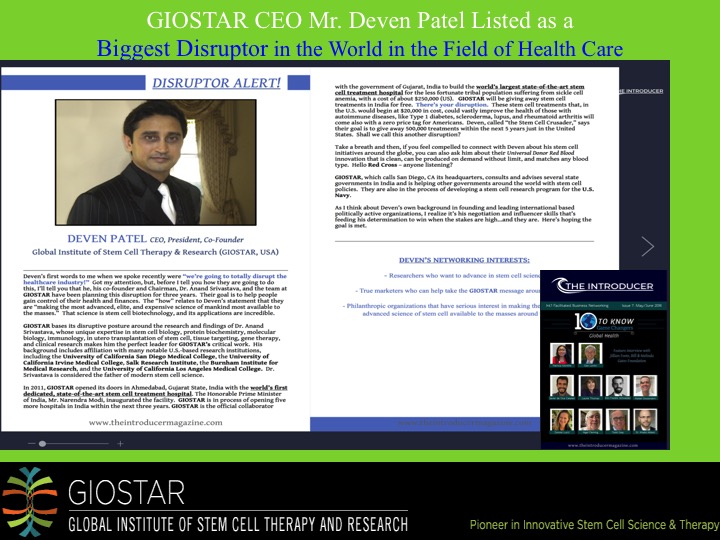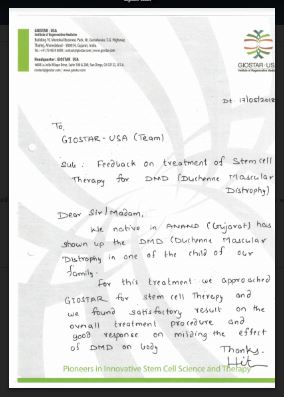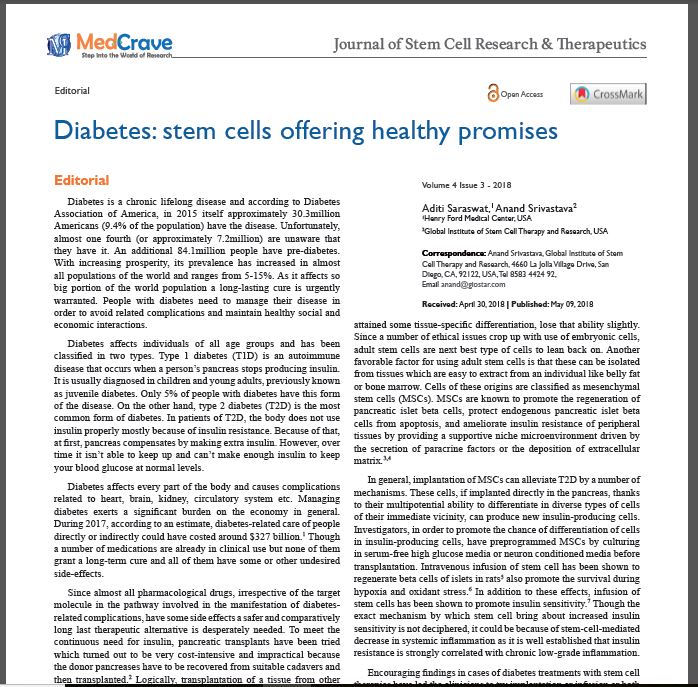Organization Aims to Set up Stem Cell Research Facilities Across Entire U.S.
Organization Aims to Set up Stem Cell Research Facilities Across Entire U.S.
Members of the Global Institute of Stem Cell Therapy and Research (GIOSTAR), held a webinar this month, featuring one of the lead scientists in stem cell research and the organization’s Co-Founder Dr. Anand Srivastava, as part of an ongoing effort to spread the word about GIOSTAR’s Pixel for Cure campaign aimed at setting up 50 non-profit stem cell centers across the country. Potential donors are being asked for $3 or more monthly to fund the effort, in exchange for one pixel, and are also offering products like t shirts and cell phone cases for various amounts. Members said they are excited to share the news about what they are doing around the world, and more locally, here in Los Angeles especially in the Black community.
“I have fought my entire career to develop cures for those that cannot be cured, Srivastava said in a statement released to the Sentinel.
“You no longer need to suffer from debilitating diseases. But it is no longer my fight. It is now our fight. It is now our fight to help those that cannot be helped. To help cure those that cannot be cured. Pixel For Cure and our non-profit treatment centers in local communities nationwide aim to solve this issue. Together we can heal those that need us the most. Together we are stronger and soon, together, we will be happier and healthier.”
“GIOSTARS’s vision is to provide human stem-cell based therapy to aid all those around the world who are suffering from various types of degenerative and genetic diseases such as Parkinson’s, Alzheimer’s, autism, diabetes, heart and blood related diseases, strokes, spinal cord injuries, paralysis, and more,” said medical experts who are part of the organization’s leadership.
The stem cell is the master cell of the body.
“GIOSTAR’s primary focus is to discover and develop treatments for such diseases with advanced stem cell-based therapies and products through its worldwide development of strategically located stem cell research clinics and hospitals. GIOSTAR’s ultimate aim is to continue to maintain its leadership in the field of stem cell science and to develop affordable delivery systems for the global masses unable to afford the usually high cost of the treatment…”
During the webinar, Dr. Srivastava answered questions from the audience about how stem cells get called into action and taming the autoimmune attack. Stem cell treatments, in fact, said GIOSTAR researchers, are developed for a multitude of diseases from Type 1 diabetes to spinal muscular atrophy.
“During my gene therapy and gene cloning research I discovered that you may replace the defective gene in the pancreas [for example], and the idea is how to replace defective gene with correct gene to reverse diabetes,” Dr. Srivastava said during a previous interview.
“That was back in 1999… If you can replace the defective gene with the correct gene, you can cure the disease basically.”
In order to achieve that, lots of infrastructure is needed, he said.
That’s where the Pixel for Cure campaign comes in, said organizers.
“We’re taught that diabetes is incurable, (for instance) and I’ve recently met Dr. Anand Srivastava, who has changed everything,” said Pixel for Cure CEO and spokesperson Scott Kirkpatrick, who lost his mother to type 1 diabetes.
“We all know someone who has diabetes and with your help, we can save them before its too late… Together, with your blessing, we will treat hundreds of thousands of people in the U.S. who can’t afford this.
“It is impossible to do this without you. We need you to buy a pixel for $3 a month, or more if you can, to accomplish this mission. [GIOSTAR] is improving people’s lives so much and rolling back symptoms so much that you can’t help but call it a ‘cure.’ It’s not a ‘cure’ – but on a daily basis patient’s throughout the world praise this science in gratitude.”
For his part, Dr. Anand Srivastava has been associated with leading universities and research institutions of USA. In affiliation with University of California San Diego Medical School (UCSD), University of California Irvine Medical School (UCI), Salk Research Institute, San Diego, Burnham Institute For Medical Research, San Diego, University of California Los Angeles Medical School (UCLA), USA has developed several research projects and has an extensive research experience in the field of Stem cell which is documented by several publications in revered scientific journals.
“Dr. Anand Srivastava’s success has its root in his unique background of expertise in Stem cell biology, protein biochemistry, molecular biology, immunology, in utero transplantation of stem cells, tissue targeting, gene therapy and clinical research,” according to the GIOSTAR website.
Also according to the website, the GIOSTAR team of scientists and clinicians have been involved in the development and utilization of stem cell based clinical protocols related to stem cell transplants for over 15 years.
The team includes international leaders in the field of adult stem cell, embryonic stem (ES) cells and Induced Pluripotent Stem (IPS) cells research and technologies. The GIOSTAR team is the first in demonstrating the significance of ES cell use for the development of therapies for several degenerative diseases related to tissue and organs. The publications of these therapies have been thoroughly investigated and documented by many noted journals of medicine. GIOSTAR is leading the most advanced research in the field of ES cells and IPS cells to develop new therapies for future clinical use.
Source : https://lasentinel.net/organization-aims-to-set-up-stem-cell-research-facilities-across-entire-u-s.html






